The 5 States Where You’re Most Likely to See Bigfoot, New Data Shows
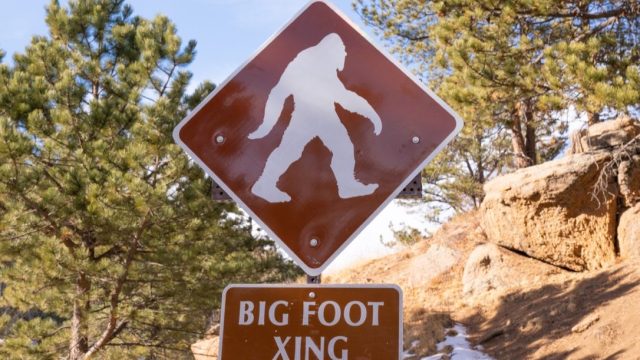
No matter where you live, you’ve at least heard about the legend of Bigfoot. The notoriously shy creature has become entrenched in modern folklore along with other famous cryptids like the Loch Ness Monster and the Jersey Devil. Many hikers and amateur sleuths claim to have landed photographic or video evidence of the elusive animal in the wild—including on satellite imagery from Google Earth. But if you’re hoping to catch a glimpse of Bigfoot yourself, new data has helped pinpoint the states where you’ll be most likely to see the creature.
To narrow down the locations and maximize the odds, BonusInsider compiled statistics of reported sightings across the U.S. using the Bigfoot Field Research Organization (BFRO), which includes data from the past 70 years. The researchers then cross-referenced the findings with population data from the U.S. Census Bureau, estimates of local elk and deer populations (Bigfoot’s preferred food sources), and the percentage of forest cover in each state to take into account the creature’s ability to remain hidden and have an ample food supply and viable habitat. All states except Hawaii were then ranked using these criteria.
Of course, there are other explanations for what hikers are actually seeing when they spot a tall creature making its way through the wilderness. In a recent study, data scientist Floe Foxon compared local bear populations across North America to reported Sasquatch sightings, finding that instances were higher in areas with greater numbers of black bears compared to those where they weren’t. But even without concrete evidence that the legendary creature actually exists, many can’t help but continue to seek it out.
So, where should you head if you want the best odds of catching the iconic cryptid? Read on for the states where you’re more likely to see Bigfoot, according to data.
READ THIS NEXT: “Very Large” New Spider Species Discovered—Here’s Where There May Be Hiding.
5
Wyoming
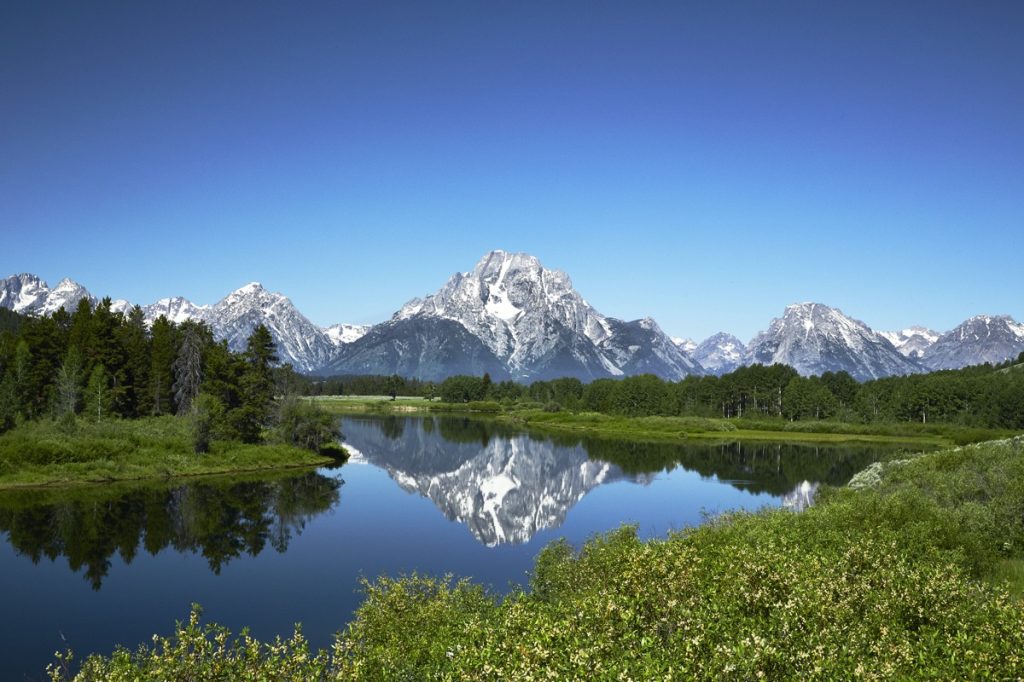
- Total reports: 28
- Sightings per 100,000 people: 4.82
Despite having one of the lower reported sighting counts of all states, data reaffirms that Wyoming is practically a paradise when it comes to desirable Bigfoot habitat. In fact, the low human population count of just over 580,000 isn’t much more than the estimated deer count of more than 400,000.
4
Idaho
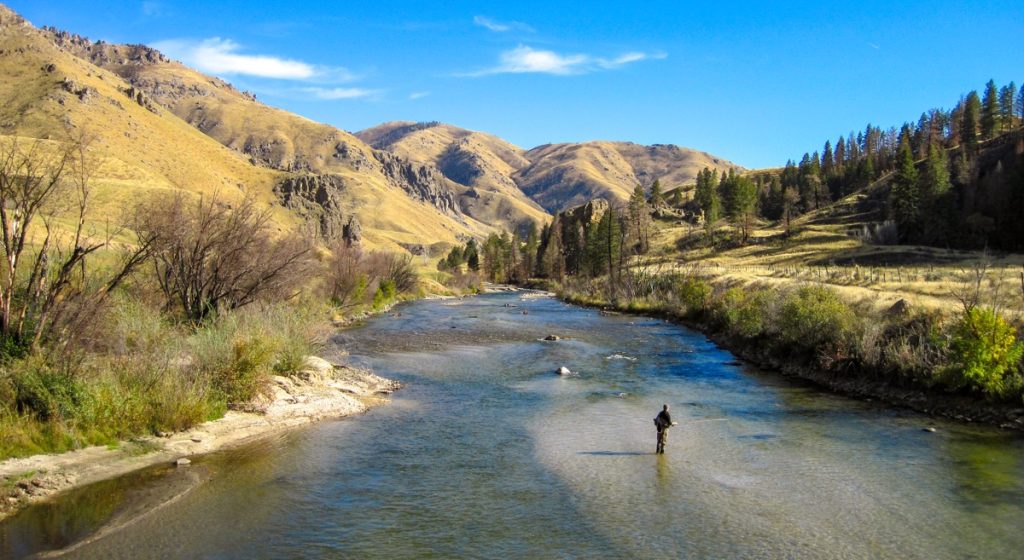
- Total reports: 103
- Sightings per 100,000 people: 5.31
Idaho’s relatively low population count of just under 2 million people makes it the kind of sparsely populated place that Bigfoot would find comfortable. And while it may not historically be known as the elusive creature’s most likely stomping grounds, BFRO data shows that sightings have picked up in recent decades, per BonusInsider.
READ THIS NEXT: Invasive 200-Pound Pythons Are Spreading in the U.S.—And Eradication “Is Not Possible”.
3
West Virginia
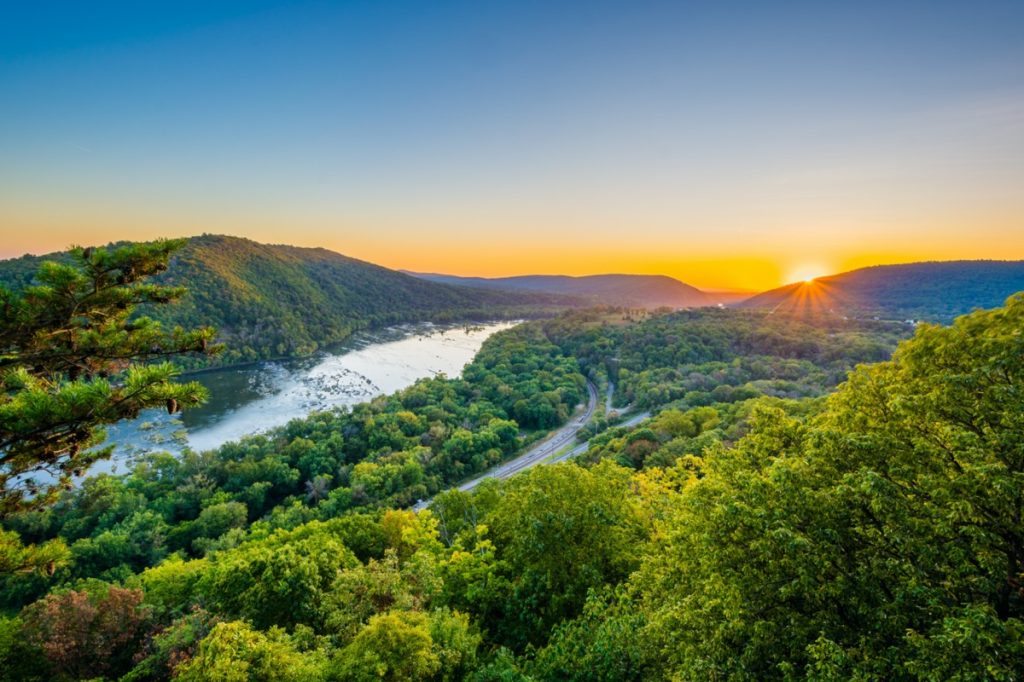
- Total reports: 106
- Sightings per 100,000 people: 5.97
As the only state east of the Mississippi River to crack the top five, West Virginia stands out on the list as an unexpected Sasquatch sanctuary. And besides the number of reported sightings, the state also has a healthy population of roughly 550,000 white-tailed deer and plenty of roaming space with 79 percent forest coverage.
2
Oregon
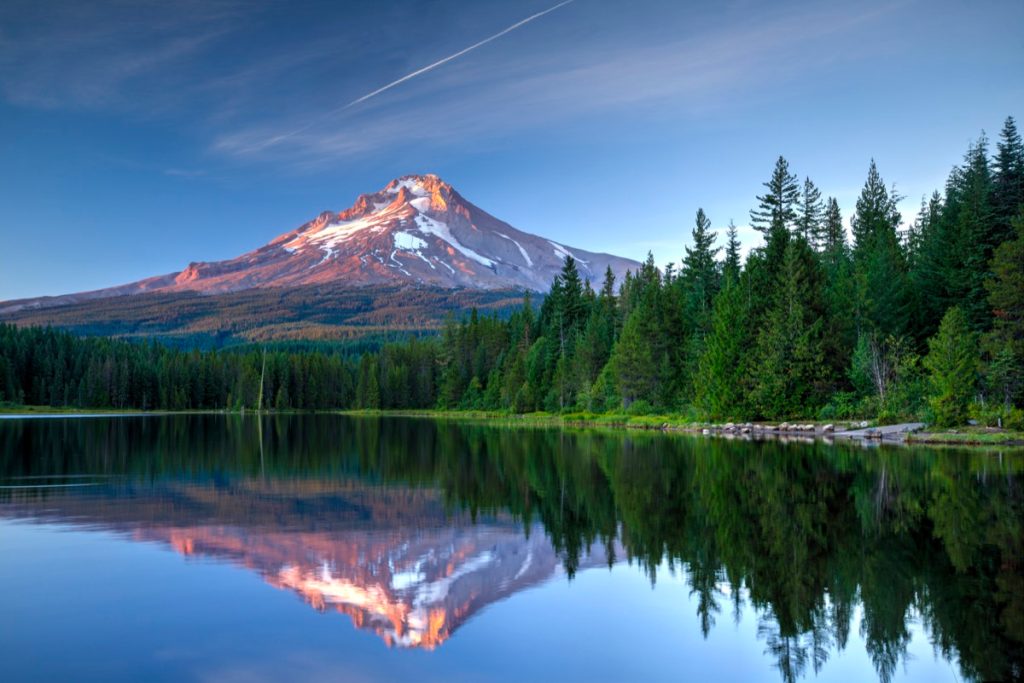
- Total reports: 257
- Sightings per 100,000 people: 6.06
Bigfoot hunters know that Oregon has long been considered a hotbed for the cryptid, with the state nearly half covered in forest and densely populated with wildlife fit to feed the giant creature. But even though BFRO counts 257 reports of the elusive animal, sightings long predate the dataset back to legends passed down by indigenous tribes in the area.
For more Bigfoot news delivered straight to your inbox, sign up for our daily newsletter.
1
Washington
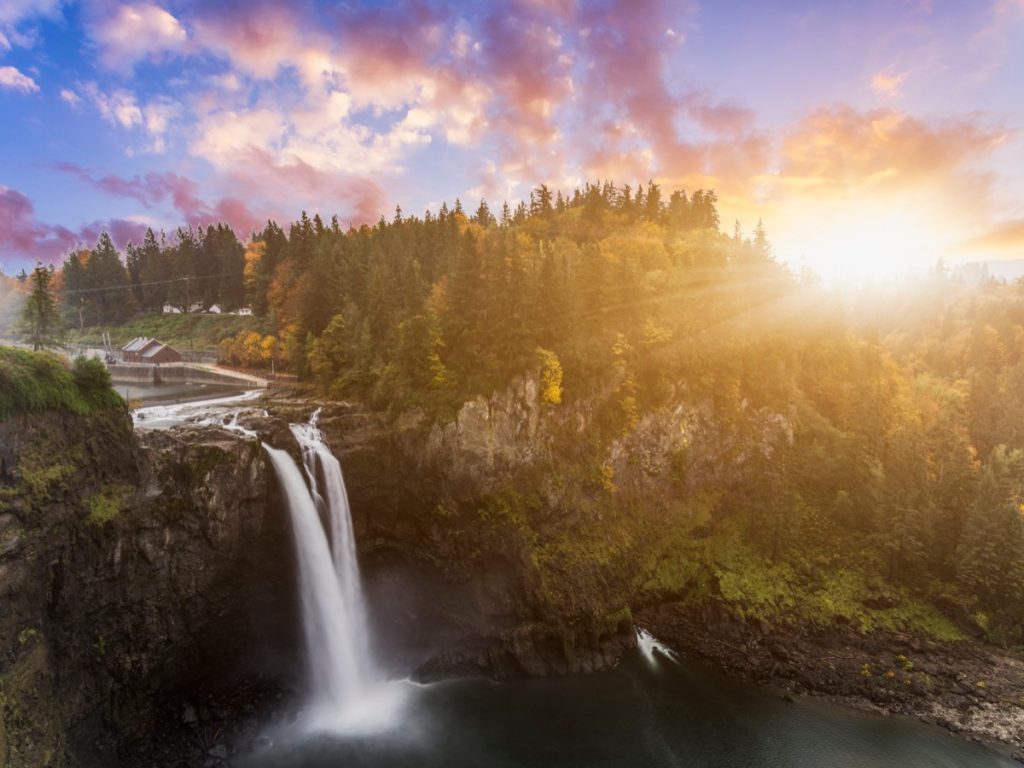
- Total reports: 710
- Sightings per 100,000 people: 9.12
When it comes to seeking Sasquatch, data shows there’s no better state than Washington. It beats the next highest number of total reported sightings in California by 249, putting it far ahead of the competition. The Pacific Northwestern locale is also lush with vegetation and wildlife, with 52.74 percent forest coverage and a population of more than 270,000 deer. Those looking to narrow down their search should head to Pierce County, which leads the intrastate count with 83 reported sightings, according to BonusInsider.